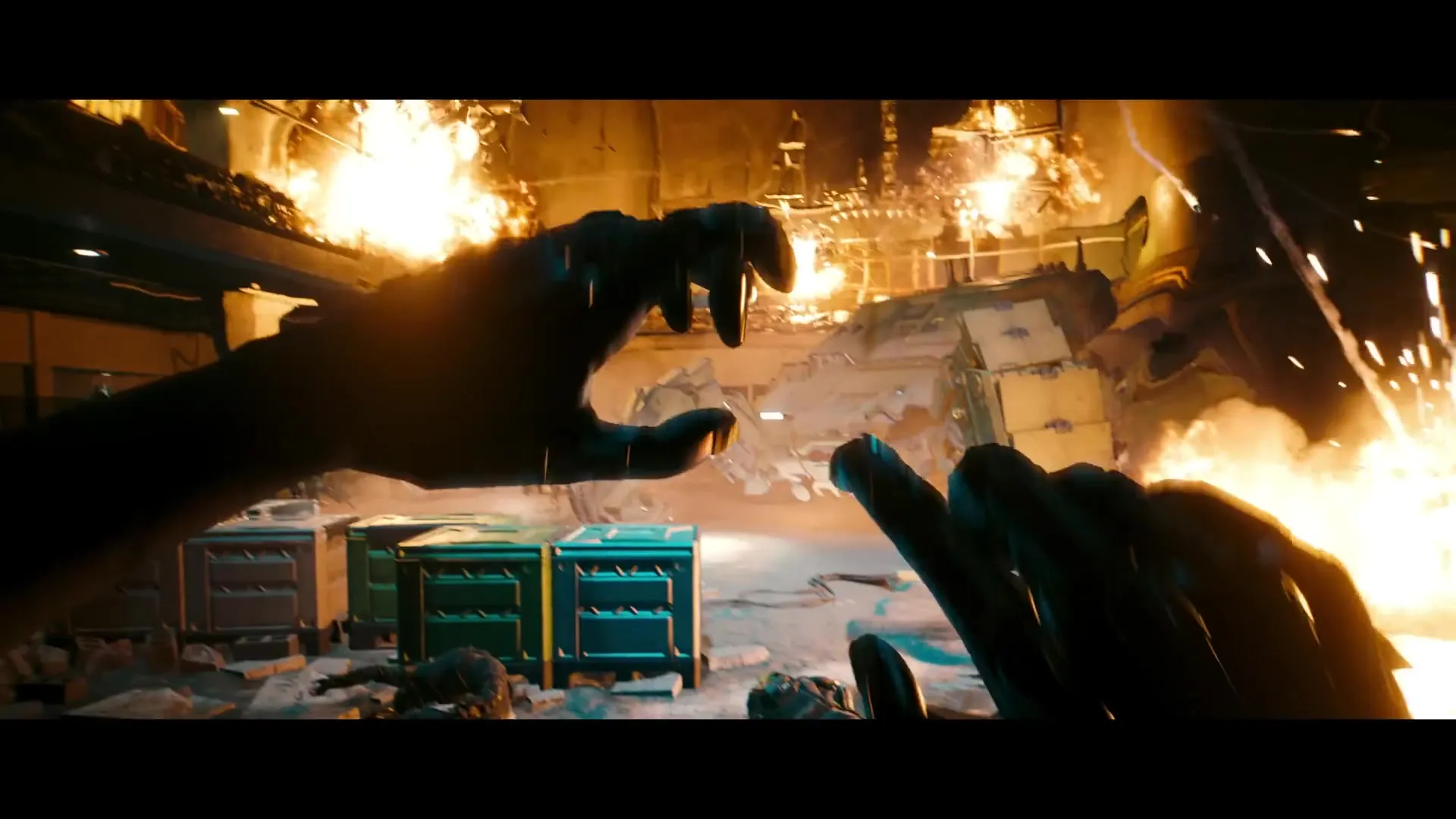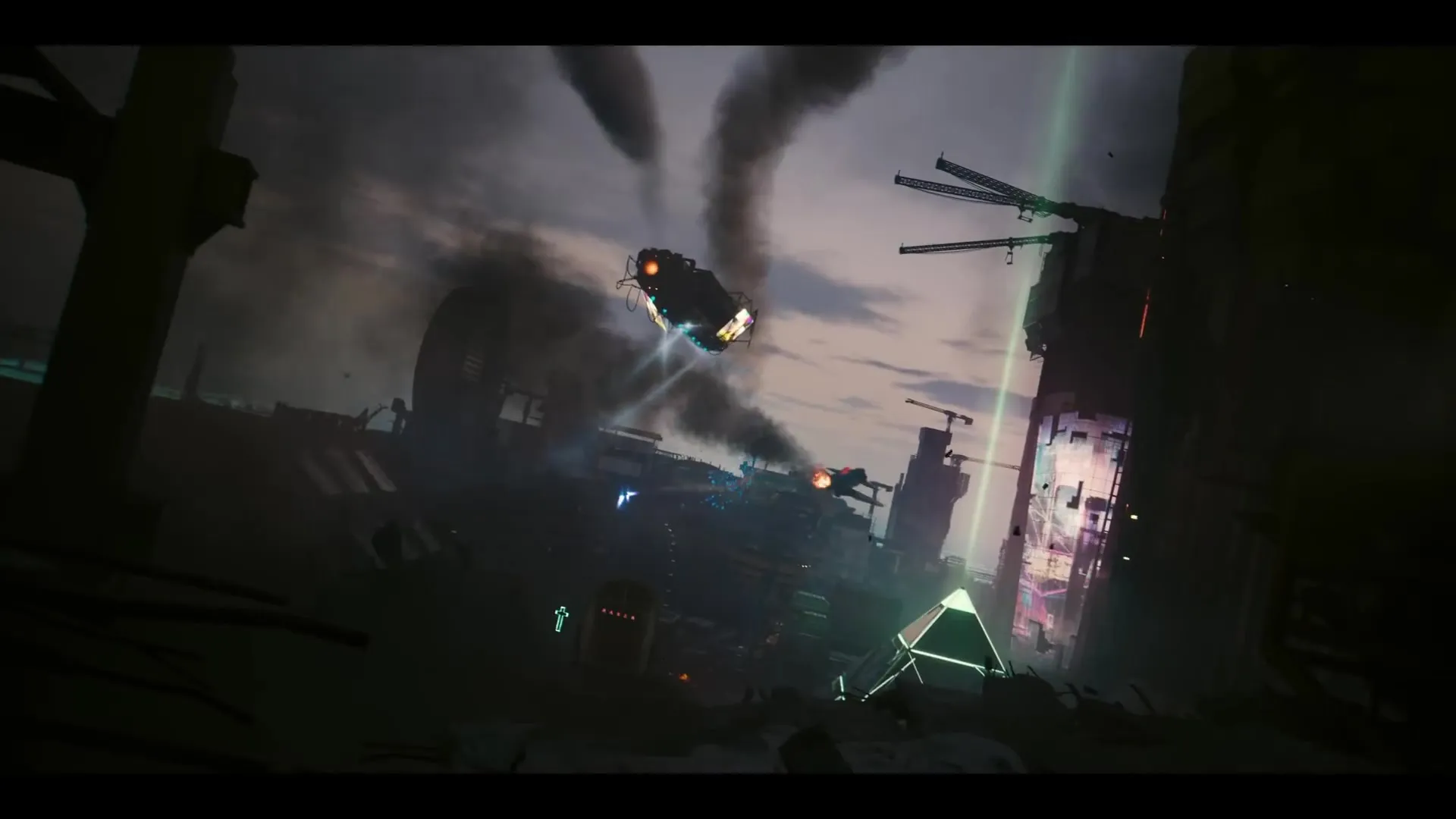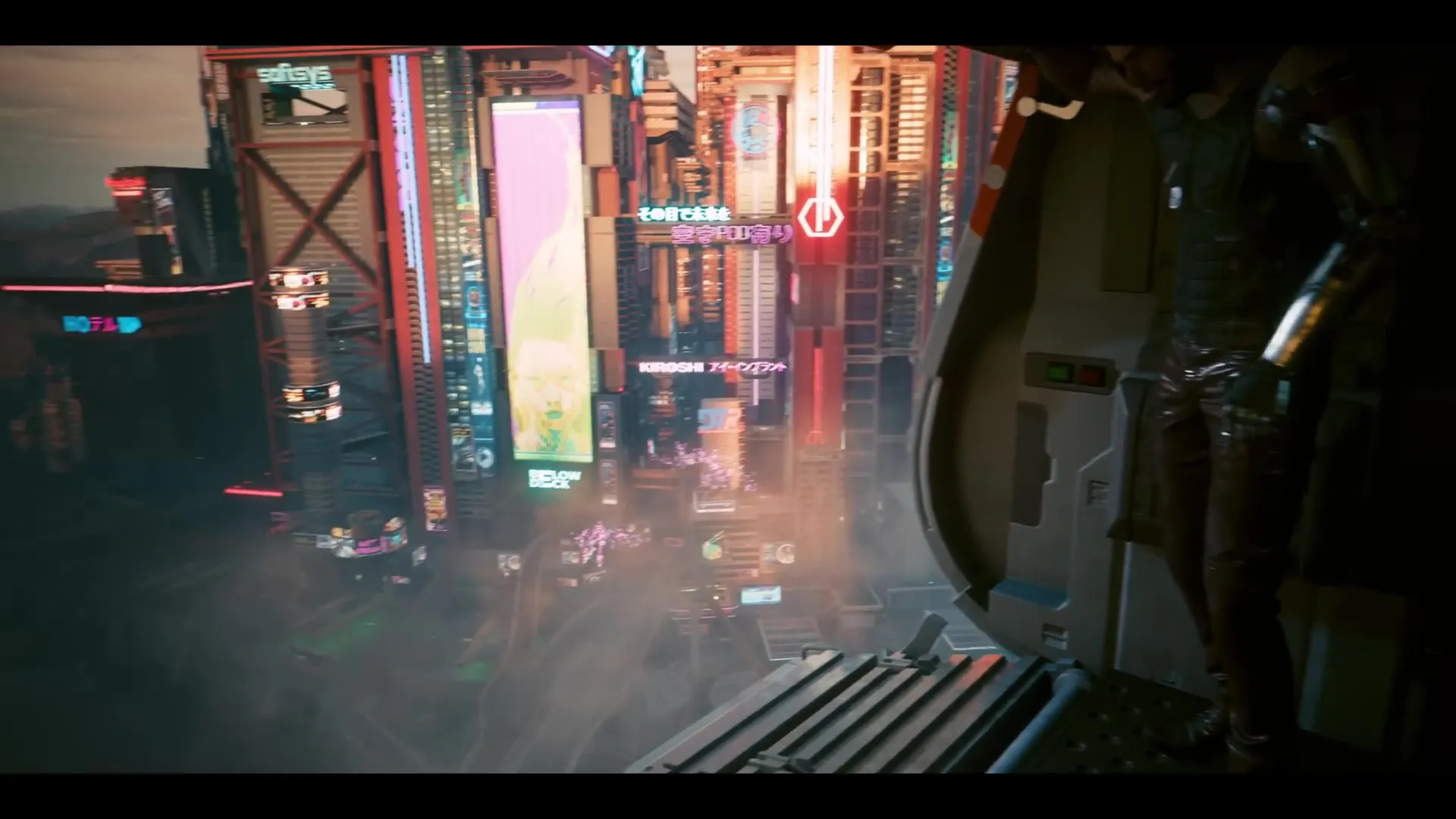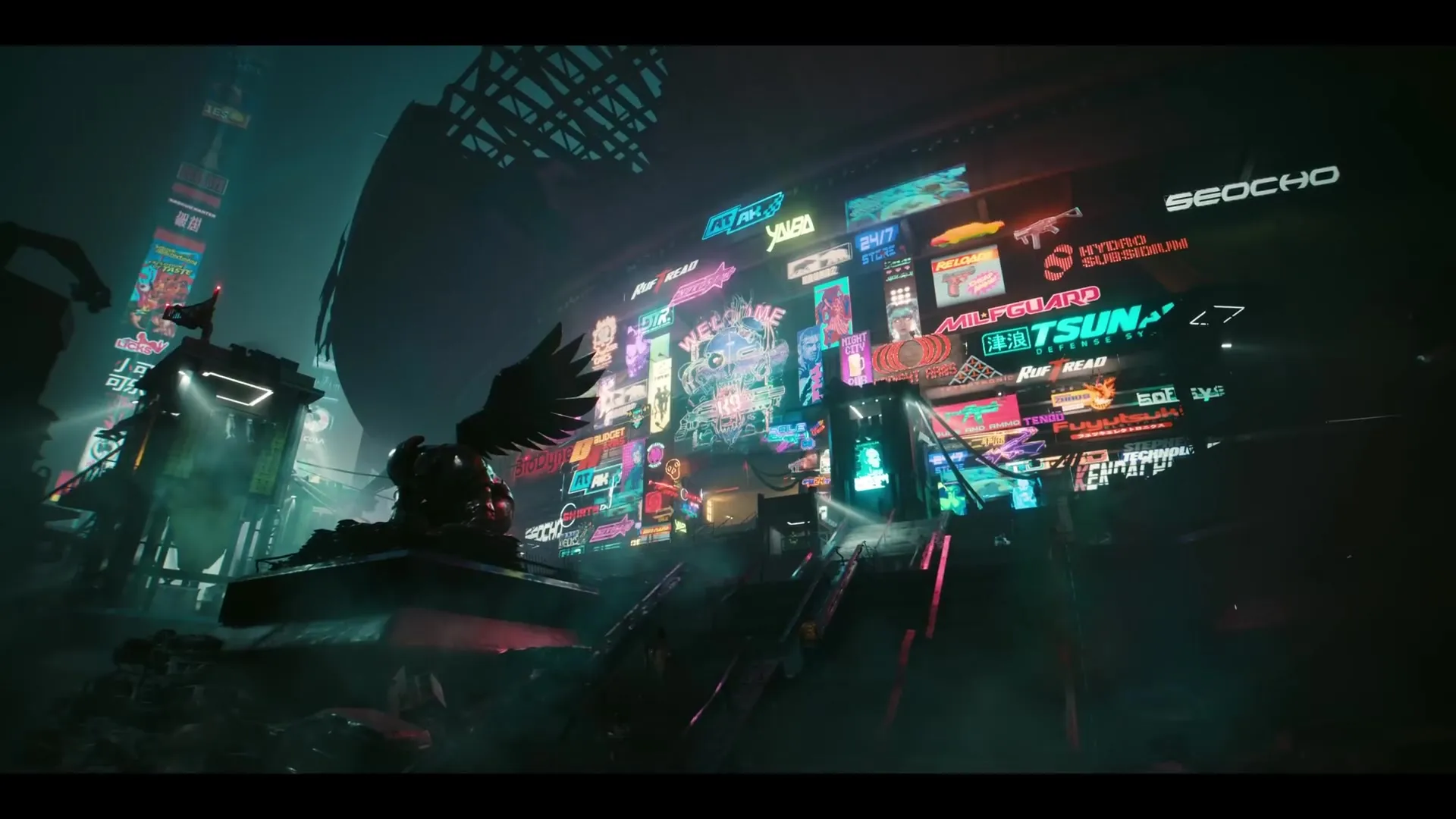Beyond the Glitz: Phantom Liberty's Gritty RPG Core & Dogtown's Strategic Depth
From saving the President and simplifying it to a bare, less thought premise, you are given the choice of diving into thrill-packed ruthless politics with manipulation, a quicker surge towards unlocking hidden true freedom. Spoiler alert! That's where the immersive experiences of Phantom Liberty, for RPG fans, truly come alive.

After I had some scary moments with Alone in the Dark and one of the most memorable experiences in a video game with Baldur's Gate 3, as a fan of action role-playing games and Cyberpunk 2077, I have decided to give it a shot to the new DLC, Phantom Liberty.
The central premise of Phantom Liberty's story not only lacks basic markers of reality but also shatters standards of sanity – life is devoid of morality and virtue, spinless and devoid of meaning, making anti-heroes gaming.
Dogtown: A Practical Assessment of its Acclimatic and Fighting Features
With respect to Dogtown, the center of the Phantom Liberty wasteland, my first sheer expectation was mainly a structural one. I gauged that there would be a brutal gap in the architectural lingo of the area, maybe a region specialized in verticality tangles or intricate zones that required new traversing and fighting strategies. Although the feeling of a ‘crossed shanty town’ is indeed captured – secrets do indeed “beg to be explored,” the imDogtown’s visible dissimilarity to the rest of Night City is somewhat limited.

While It does blend well with the urban fabric, which, from a thematic standpoint, makes sense – it’s an organic development, a cancerous tumor of the underbelly of a city, rather than a sterile purpose-built combat arena. For meticulous scavengers of urban ecosystems like many players who buy PC games, however, insightful, striking schematic distinctions provide, at least initially, greater strategic cues. The bar dubbed as The Moth and The Remembrance Tree landmark at Longshore Stacks did not mechanically demand a cover system overhaul, but for some strategical centerpiece-border rethinking were fundamental modifiers of the tactical terrain.
Familiar In Design, Excelling In Execution – Phantom Liberty's Dogtown
Phantom Liberty still feels familiar in design, but its real surprise lies in Dogtown’s complex blend of enemy concentration and overarching archetypes. New strategic challenges emerged when I battled the Scavs and the mighty Barghest Legion under Hansen’s Command. My combat preferences had to be mentally recalibrated midway through my first handful of engagements. Due to the sheer use of aggression and heavy armor in flanking moves, the Barghest demanded more thought when it came to choosing weapons and cyberwar.

Unlike most Night City gangs, the Barghest utilized coordinated pushes toward close combat. My Sandevistan optimized build found difficulty with their coordinated pushes. The overwhelming experience of being forced to adapt, shred a few perk points, or contour the application of my quick hacks was jaw-dropping. The distinction of threats in Dogtown is where Phantom Liberty excels.

My distinct theoretical combat plans against the realities of life were hindered. Instead, I was able to immerse myself in the distinct threat outlines of Dogtown, shattering the feeling that I was plunged into visually unrecognizable territory. Phantom Liberty, available in Cyberpunk 2077: Ultimate Edition too, made it possible to reanalyze existing combat mechanics, showcasing refined enemy creation principles that kept me adjusting my ragged model of combat bursts.
Conclusion For The Die-Hard Action RPG Fan
HBO expresses its fervor for American films in coming out with series with deep attention to detail, analyzing every RPG choice in, say, Cyberpunk 2077: Phantom Liberty. The franchise has fans excited and, at points, overwhelmed, considering the amount of storytelling full of achievable goals that it offers. Cyberpunk 2077 was released with what felt like unfulfilled and untapped narrative potential, as it had the world but offered very little when it came to players taking control of it.

Phantom Liberty felt as if it required a whole new approach to storytelling- something in the way of evolving narrative structures and multi-structured probabilistic systems with expanding chaotically unfolding story outcomes embedded within the setting. And yes, but the long-awaited purpose that devs in rest retirement homes centered around lore-laden morally intricate decisions with zone masking remained unchallenged.